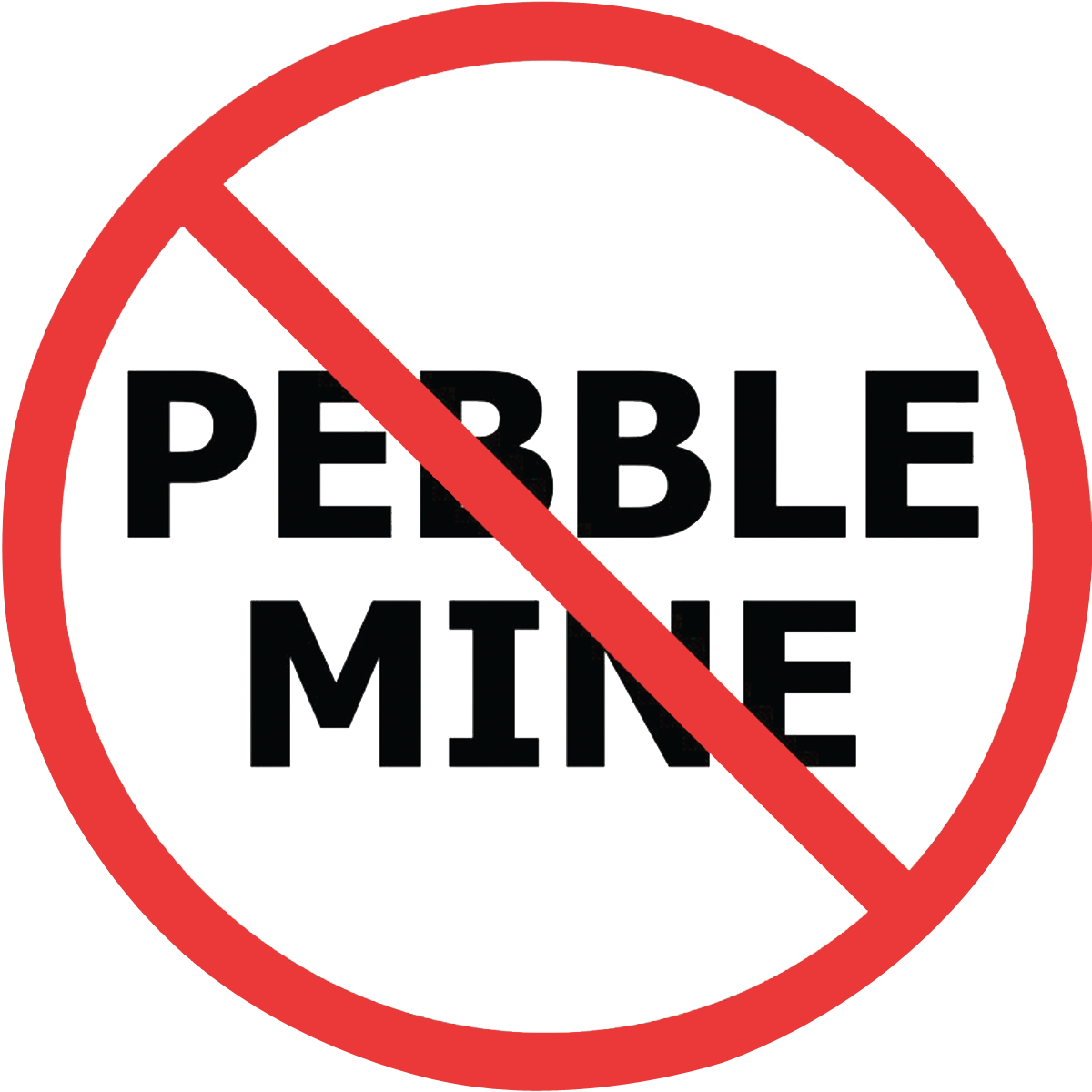Ron Thiessen, CEO of Northern Dynasty Minerals (backers of Pebble Mine), recently made a presentation at the Silver and Gold Mining Investor Summit in San Francisco. While there are many lies and misrepresentations in his presentation as we’ve come to expect, there are a couple in particular we couldn’t let go unrefuted.
First, since the Pebble deposit sits in headwaters of both the Nushagak and Kvichak rivers, a concern we’ve always held is that in the case of a spill or accident, Pebble Mine would threaten Bristol Bay’s two most productive arteries, doubling the consequences.
At about min 7:30 Thiessen says regarding “anti-Pebble advocates’” concerns with the Nushagak and Kvichak:
"Somehow they’ve come to the conclusion that somehow they’re all hydrologically connected, which is an impossibility.”
Here’s the truth: Thiessen’s own Environmental Baseline Document clearly defines at least one groundwater pathway between the South Fork Koktuli (Nushagak) and Upper Talarik (Kvichak). Below are half a dozen examples taken from just 10 pages of this document, suggesting that there are most likely dozens, if not hundreds, more mentions of this same principle throughout the document.
From pp. 8-42 – 8-51 (only 10 of the 2,500 pages of the Groundwater Hydrology chapter) of Pebble’s Environmental Baseline Document:
Regarding ‘South Fork Koktuli Flats’:
“The shape of the bedrock surface underlying the flats indicates that the paleo-drainage cut across the present South Fork Koktuli River alignment towards Upper Talarik Creek (Figure 8.1-3a).”
“Several aquifers have been interpreted in this area, including the following:
A surficial aquifer including outwash sand and gravel between the South Fork Koktuli River and the slope of Upper Talarik Creek Valley.
An intermediate aquifer that lies beneath the surficial aquifer, providing a groundwater pathway between the South Fork Koktuli River and Upper Talarik Creek Tributary UT1.190.”
“Groundwater within the surficial aquifer may flow to the southeast towards the Upper Talarik Creek system.”
“Groundwater leaves the South Fork Flats area (Figure 8.1-1b) by two routes, which is unusual for a river valley. A large portion of the groundwater entering the Upper Talarik Creek watershed appears to discharge into tributary UT1.190.”
Regarding Upper Talarik Creek Drainage ‘Outwash Plain’:
“Upstream of steam gage UT100B, groundwater inflow originating from the South Fork Koktuli drainage discharges into the Upper Talarik Creek system. This flow is primarily through the intermediate aquifer within the South Fork Flats area described above.”
“Over 20 cfs of groundwater appears to be diverted from the South Fork Koktuli River drainage and discharges to tributary UT1.190. The groundwater flow direction is therefore towards Upper Talarik Creek through this aquifer.”
Clearly, the connection between the Koktuli and Upper Talarik drainages (and so the Nushagak and Kvichak watersheds) is well-documented by Pebble itself, eliminating the ability to contain waste to one watershed or the other in the case of a spill.
He then goes on to say Pebble, “not only will not endanger any fisheries, it will enhance fisheries.”
The short response is that known “enhancement activities” not only do NOT enhance fisheries (no stock has EVER been removed from the endangered species list), there is a ton of research actually indicating negative impacts from these activities. The best way to have intact fisheries? Not threaten the critical headwaters streams upon which they rely in the first place.
Below is the definition of enhancement under Washington State statute (where two-thirds of salmon stocks are either listed under the Endangered Species Act or completely extirpated):
RCW 77.95.050 "Enhancement project" defined. As used in this chapter, "enhancement project" means salmon propagation activities including, but not limited to, hatcheries, spawning channels, rearing ponds, egg boxes, fishways, fish screens, stream bed clearing, erosion control, habitat restoration, net pens, applied research projects, and any equipment, real property, or other interest necessary to the proper operation thereof. [ 1985 c 458 § 6. Formerly RCW 75.50.060.]
There are textbooks written about the negative ecological and genetic impacts of these improperly named ‘enhancement’ activities, and little to no conclusive research indicating habitat restoration efforts are ultimately effective at a population level. (Let us know if you’d like to review these and we can provide them.)
These are just two lies that Pebble is telling potential investors about their plans.
Why would we trust them to move forward in an area as sensitive and productive as Bristol Bay? We shouldn’t.
There are a number of important opportunities to weigh in on this proposal in 2019. Please encourage your friends to stay informed and take action - over and over and over - on protecting Bristol Bay from the proposed Pebble Mine. Thank you for staying with us!
Header photo: Fly Out Media

